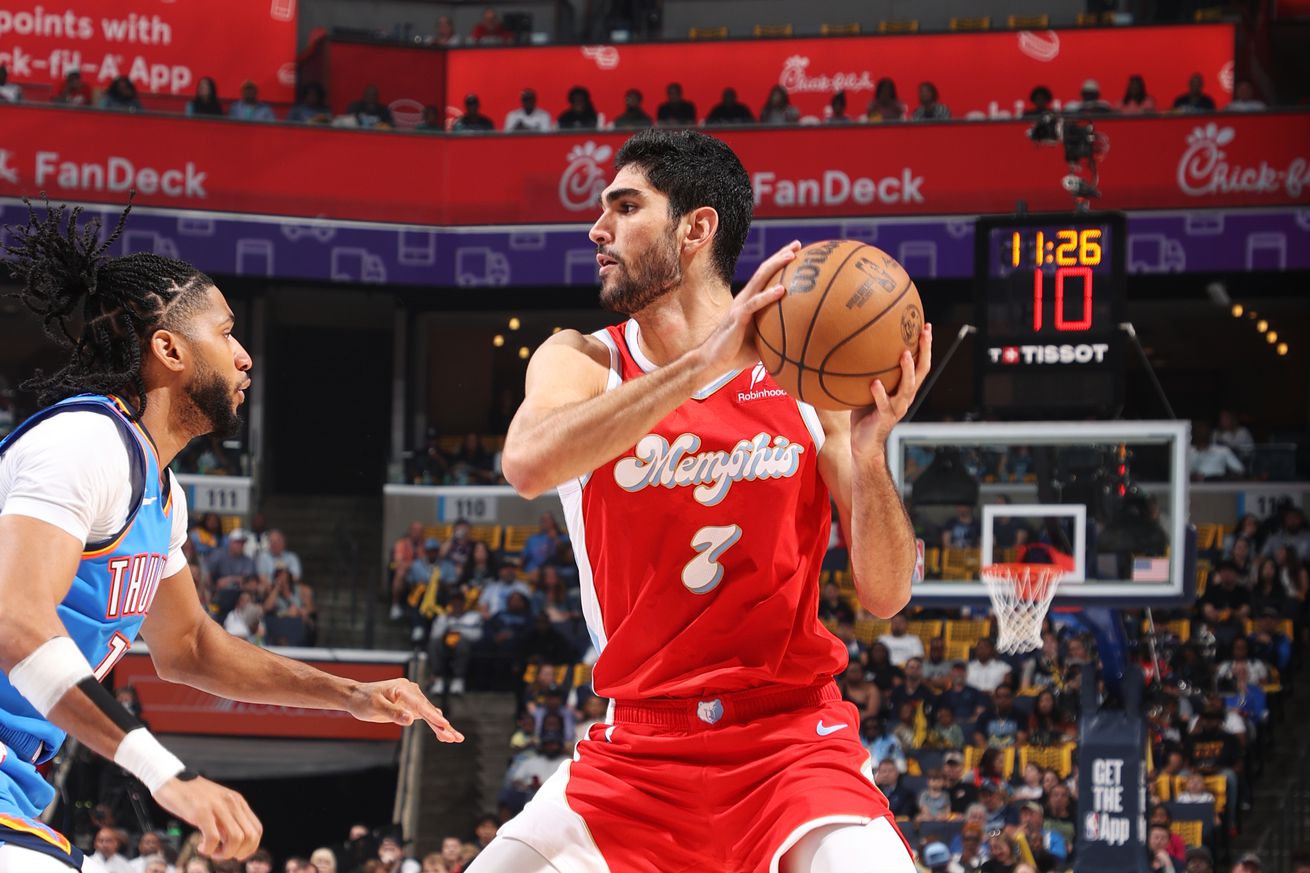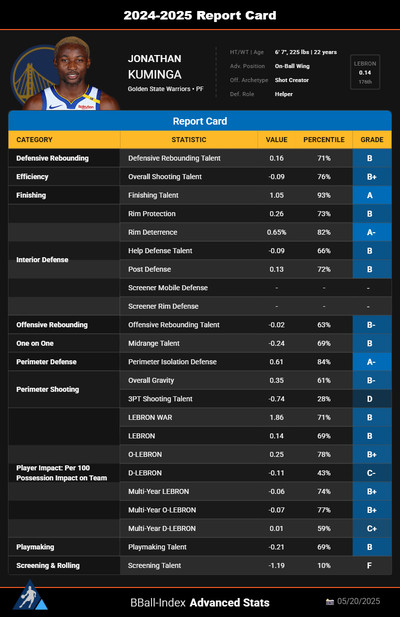
Unrestricted free agency looks bleak this summer. Maybe restricted free agency is the smarter play.
I’ve spent the past few days combing through the list of upcoming free agents by position, and to be honest, it was an uninspiring exercise. The takeaway? If the Phoenix Suns are looking to improve the fringes of their roster this summer, those improvements will likely be marginal at best. The market simply isn’t brimming with impact-ready talent waiting to be scooped up.
So, if the Suns attempt to perform salary cap gymnastics this offseason — perhaps by maneuvering out of the suffocating grip of the second apron — you have to stop and ask: why? Why go through the pain of shedding salary and chasing flexibility if the end result is the chance to sign players who won’t truly move the needle?
Sure, the second apron carries real consequences. It limits your ability to aggregate salaries in trades, send out cash, or maintain long-term control of your first-round picks. Escaping it provides more breathing room. But if the goal is to dip below the apron just to make space for this free-agent class? This isn’t the year to do it. The talent pool doesn’t justify the effort.
What is worth a closer look, though, is the restricted free agent market. These are players the Suns can pursue by making offers. Offers that their current teams can match if they choose. If not, the player walks, and the Suns gain a new piece.
Think back to 2022: Deandre Ayton signed a four-year, $133 million offer sheet with the Indiana Pacers. The Suns matched it within hours. Restricted free agency is, at its core, a market test for both player and team. If the offer doesn’t align with the incumbent team’s internal valuation, they can walk away.
This summer, the Suns may need to get creative. They may need to take a few calculated swings in restricted free agency. According to Spotrac, there are 64 players entering restricted free agency. The majority of them were on two-way deals, but if you filter through the noise, you’re left with 16 players who weren’t. And within that group? There are a few names worth circling.
First, let’s take a look at that list.
Some intriguing names in there, right?
So, who would I like the Suns to target on the RFA market? Here are three players worth taking a run at.
Josh Giddey
Josh Giddey is a 6’8” wing who primarily operates as a point guard, a rare archetype in today’s NBA. Still just 22 years old, the former No. 6 pick in the 2021 NBA Draft is one of the more intriguing names on the restricted free agent market.
After being traded from Oklahoma City to Chicago for Alex Caruso — a move the Thunder surely don’t regret after Caruso’s suffocating defense on Nikola Jokic in Game 7 — Giddey began carving out a new role with the Bulls. Now, after making $8.4 million last season, he hits restricted free agency, and it will be fascinating to see how the market evaluates his evolving game.
Giddey had one of the most productive seasons of his career with Chicago, averaging 14.6 points, 8.1 rebounds, and 7.2 assists per game. Perhaps most notably, he raised his three-point shooting percentage to 37.8%, a significant jump from the 31% average he posted over three seasons with the Thunder. That improvement shows tangible evolution in his offensive skill set. He’s already an elite facilitator, a savvy rebounder for his position, and someone who could provide Phoenix with the kind of primary ball-handler they’ve been missing in stretches.
However, defense remains a glaring weakness. His perimeter isolation defense ranked in the 16th percentile and received an “F” grade from B-Ball Index. In short: he’s still a liability on that end. But at his age, with his feel for the game and offensive upside, there’s every reason to believe his best basketball is still ahead of him.
The biggest hurdle for the Suns in trying to acquire Giddey? Understanding how much the Bulls value him.
Odds are, they’ll match any reasonable offer Phoenix puts on the table. Chicago has the flexibility to do so. Their highest-paid player next season is Nikola Vucevic at $21.5 million, and their books are otherwise fairly clean. They also hold Giddey’s Bird Rights, which makes retaining him even easier.
If the Suns want to pry him away, it’ll take an aggressive offer, one that might stretch beyond what they can currently afford. But if they see him as a long-term fit next to Devin Booker and someone who can grow into a true lead guard, it might be a gamble worth considering.
Santi Aldama
Here’s where my bias starts to show a little. I had Santi Aldama on my fantasy team last season. And let me tell you, he was a sneaky-good addition.
The 30th overall pick in the 2021 NBA Draft out of Loyola (AMDG), Aldama had a career year in 2024. He averaged 12.5 points and 6.4 rebounds across 65 games, despite starting only 16 of them for the Memphis Grizzlies. On a team that already had plenty of size, the 6’11” Aldama still carved out a meaningful role by adding a bit of stretch to their frontcourt as he shot 36.8% from deep last season.
Because of his impact on my fantasy squad, I paid more attention to him than most, and I liked what I saw. He profiles as a modern big: someone you can slot in at power forward and feel confident in his ability to contribute. He’s a solid rebounder, average on the perimeter defensively, but he does lack true rim protection and interior deterrence. Still, as a rotational big who can spot start when needed, Aldama provides size, spacing, and versatility. Three things the Suns sorely lacked off the bench last season.
Now here’s where things get interesting: Memphis has some decisions to make. They’ve got Jaren Jackson Jr. entrenched, drafted Zach Edey, and are expecting Brandon Clarke back from injury. That frontcourt could get crowded quickly. Aldama’s qualifying offer is $5.9 million, and while the Grizzlies do have his Bird Rights, it’s possible they might let him test the market.
A three-year, $30 million offer could be enough to pry him away. Or at least make Memphis think twice. For the Suns, that price point would be ideal. Aldama may not be a game-changer, but as a depth piece with size, shooting, and upside, he’s exactly the kind of value play that could make a real difference over the course of a season.
On, and Mark Bartelstein is one of his agents…
Jonathan Kuminga
This is a super intriguing name, partly because Jonathan Kuminga was nearly a Sun already.
He was reportedly one of the pieces that could’ve landed in Phoenix had the Kevin Durant–Jimmy Butler three-team blockbuster materialized. In that scenario, Kuminga would’ve come to the Valley, adding youth and athleticism to a roster that’s sorely lacked it.
Instead, he remained in Golden State, where his tenure has been…complicated.
He played in 47 games last season, started 10, and averaged 15.3 points per game. Not bad. But the 6’8” wing grabbed just 4.6 rebounds per contest and shot a paltry 30.5% from beyond the arc. In the playoffs, his scoring held steady — again, 15.3 points per game — but his minutes have consistently been sporadic. He’s often found himself buried on Steve Kerr’s bench, and many have wondered why.
Watch him closely and it starts to make sense. Kuminga has the look of a “me-first” player in a “we-first” system. That kind of dynamic doesn’t exactly endear you to the Warriors’ culture, which prioritizes ball movement, unselfishness, and feel. So the question becomes: is Kuminga a misfit in Golden State’s structure…or a misfit in any structure?
That’s what makes his restricted free agency so fascinating. Golden State holds an $8 million qualifying offer, and it’s unclear whether they’ll tender it or let him test the market. He’s just 22 years old, brimming with raw ability, and undeniably athletic. He won’t be a traditional three-and-D guy — his career 33.2% from deep tells you that much — but there’s real potential on the defensive end.
According to B-Ball Index, Kuminga grades in the 84th percentile in perimeter defense and the 82nd percentile in rim deterrence. That’s significant. That’s something Phoenix could use. He’s far from a finished product, but with the right structure and opportunity, his physical tools could blossom into something real.
I’d love to see that evolution happen in purple and orange.

These are three players I believe the Phoenix Suns could and should take a run at this offseason. Change is necessary. And of course, a lot would have to happen on the financial front to even make this feasible. A Bradley Beal buyout — potentially stretching the remainder of his contract — would open up some breathing room. Trading Kevin Durant could also help clear significant cap space.
But if you’re serious about reimagining this roster, you’ll need cap flexibility. You’ll need to position yourself to chase restricted free agents who actually fit the vision of where this team is heading.
So that’s my short list. But what about yours?
Anyone else on the restricted free agent radar catch your eye? Let us know in the comments.
Listen to the latest podcast episode of the Suns JAM Session Podcast below. Stay up to date on every episode, subscribe to the pod on Apple, Spotify, YouTube, YouTube Podcasts, Amazon Music, Podbean, Castbox.
Please subscribe, rate, and review.